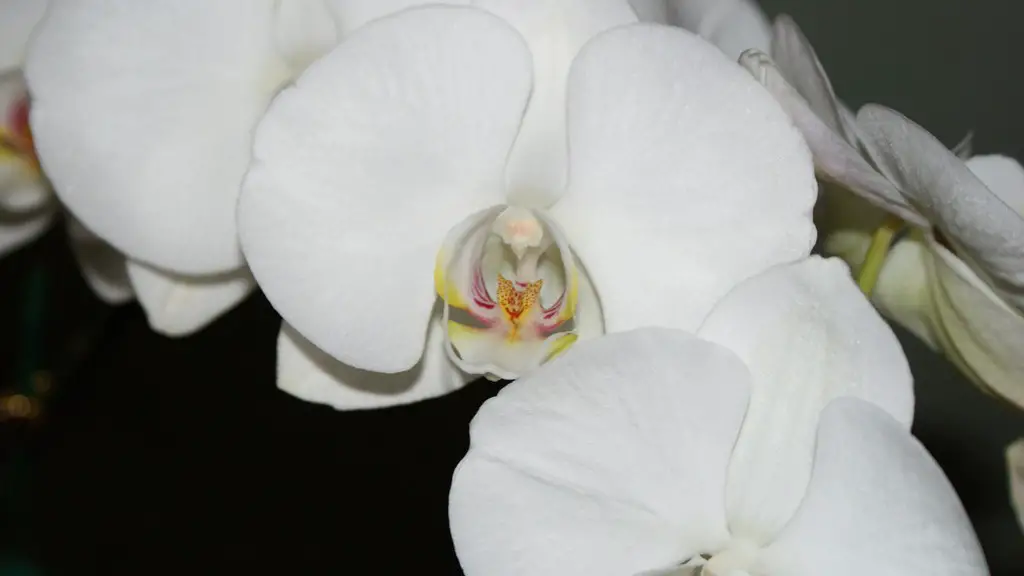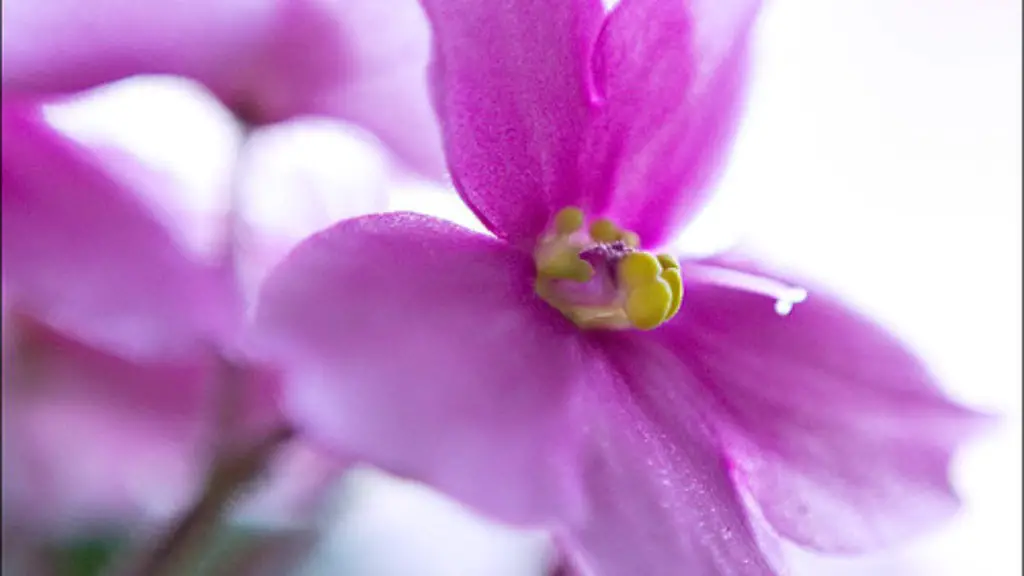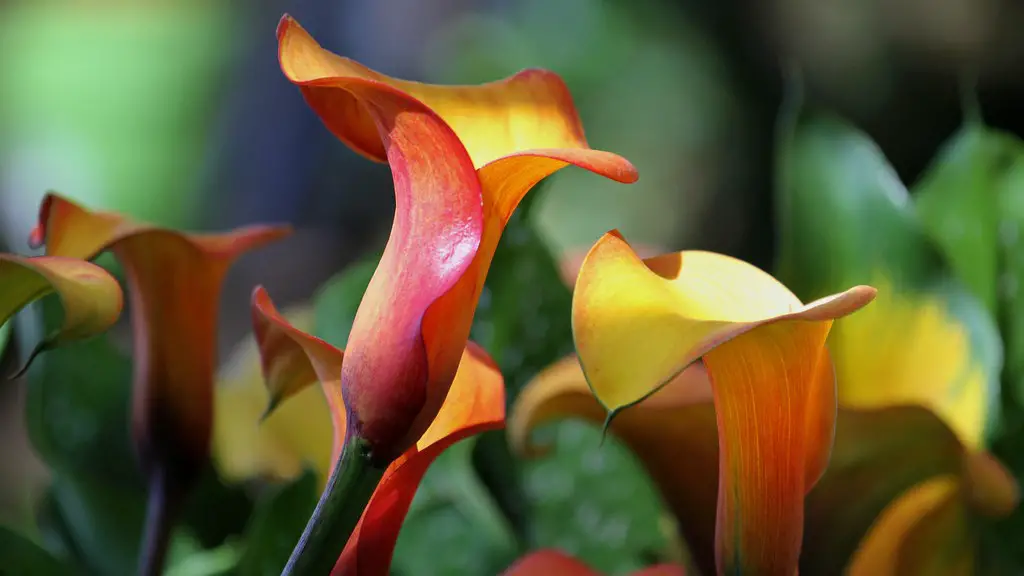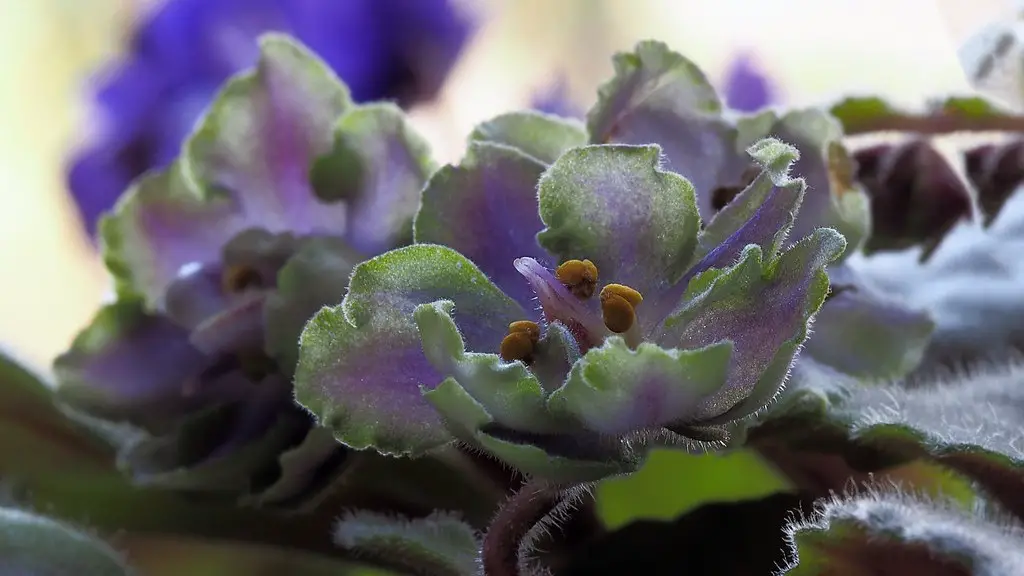Phalaenopsis orchids are native to southeastern Asia, and are some of the most popular orchids in the world. They are also known as moth orchids because the shape of their flowers resembles that of a moth in flight. Phalaenopsis orchids are relatively easy to care for, and can bloom for several months at a time. With proper care, they can bloom multiple times a year.
To care for a Phalaenopsis orchid, give it bright, indirect light and water it when the potting mix is dry. The plant likes a humid environment, so mist it occasionally or set the pot on a tray of pebbles and water. fertilize every two weeks with a half-strength solution of an all-purpose fertilizer.
How do I get my Phalaenopsis orchid to rebloom?
If you want your orchid to rebloom, make sure to give it plenty of light! Place it in an area with bright, indirect sunlight for best results. The more light it receives, the longer its blooms will last and the greater its chances of reblooming.
If your phal is potted in bark, watering once a week is generally sufficient. If your plant is potted in moss, water when the top feels dry. The amount of light and heat your plant receives will also affect how soon your phal needs watering. Summer months will need more frequent watering, winter will need less.
How do you take care of a Phalaenopsis orchid after the blooms fall off
Orchid plants are a beautiful addition to any home, and with proper care, they can last for many years. Here are five tips to help you keep your orchid healthy and blooming:
1. Water your orchid weekly, even if it doesn’t have any blooms.
2. Fertilize your orchid regularly to keep it healthy.
3. Give your orchid plenty of indirect light, such as from a window.
4. Move your orchid to a cooler room if it starts to wilt.
5. If your orchid becomes dormant, don’t despair! With some care, it will eventually start blooming again.
The Phalaenopsis orchid is a beautiful and popular choice for a houseplant. They are often called the beginner orchid or the moth orchid due to their easygoing nature and the shape of their blooms. Phalaenopsis orchids are easy to care for and make a great addition to any home.
What triggers flowering in Phalaenopsis?
Phalaenopsis orchids are native to tropical areas and do not require a specific photoperiod to induce flowering. Instead, it is the low temperature that triggers phalaenopsis to start the flowering process.
If your orchid has an unhealthy, brown spike, you will need to cut it all the way back to the base of the plant. If your orchid has a double-spike, you will need to cut one spike at the base of the plant and the other spike 1 inch above the node under the lowest flower bloom.
Should orchids be watered from the top or bottom?
Orchids need humidity to thrive, and an easy way to provide that is to set the plant on top of a tray of pebbles and fill the tray with water. As the water evaporates, it will humidify the air right around the plant. Just be sure that the water doesn’t touch the bottom of the pot, as that can lead to root rot.
Orchids need humid conditions to thrive, so misting them regularly with a spray bottle is a great way to help them stay healthy and vigorous. However, be sure not to overwater them, as this can lead to root rot and other problems.
How do I know if my Phalaenopsis needs water
If you see that the leaves on your orchid are shiny and firm and the roots are firm and green, then you know that you are watering it just enough. If the roots become dark and dry, then it is not getting enough water. If the roots become yellow, brown or hollow/ flat, then it is getting too much water.
Orchids are beautiful flowering plants that can bloom for several months at a time. During this blooming period, the plant can be pollinated again, which helps to ensure its continued existence. It generally takes 9-14 months for an orchid to complete its life cycle, after which it can re-bloom every 8-12 months if it doesn’t die. This makes them relatively easy to care for, as long as you keep an eye on them and make sure they’re getting the nutrients they need.
Do Phalaenopsis orchids Rebloom on the same stem?
If you want your Phalaenopsis orchid to re-bloom, you’ll need to give it a little extra care. Here are some tips:
– First, cut back the old flower spike after it has bloomed. This will encourage the plant to produce new growth.
– Next, make sure the plant is getting enough light. Phalaenopsis orchids need bright, indirect light to bloom.
– Finally, give the plant a little extra water during its blooming cycle. Be sure to water the roots, not the leaves, and allow the plant to dry out slightly between watering.
With a little extra care, your Phalaenopsis orchid will re-bloom in no time!
If you want your orchid to bloom again, follow these simple steps. Continue to water your orchid with 3 ice cubes once a week. Fertilize your orchid once or twice a month using a balanced houseplant fertilizer at half strength. Help your orchids grow by providing plenty of indirect sunlight. Put your orchid in a cooler spot at night.
How long should I soak my Phalaenopsis orchid
It’s important to water your orchid evenly, as uneven watering will result in shallow or uneven root growth. Allow the water to drain out completely after soaking for about 10 minutes; orchids like a good soak but don’t tolerate sitting in water. You’ll know you’ve watered your orchid correctly if the container feels heavy.
Some people buy Phalaenopsis orchids and then throw them out after they bloom. However, you don’t have to get rid of them so quickly. Phalaenopsis orchids can live as houseplants for between 10 to 15 years.
How long do Phalaenopsis orchids last?
Phalaenopsis are popular because they are long blooming and can produce flowers 2-3 times per year. They are also one of the longest lived orchid genera, with some plants living over 100 years.
Coffee grounds are an excellent fertilizer, especially for orchids and African violets. Make sure the potting mix is a little damp before fertilizing because it can burn the roots if they’re completely dry.
How do I know if my orchid is stressed
The microclimate of higher humidity helps prevent heat stress and aids stressed plants in recovering. This is due to the fact that increased humidity levels help to increase the evapotranspiration rate, which in turn helps to cool the plant and prevent heat stress. Additionally, higher humidity levels help to decrease the amount of water lost through the leaves, which can also help to prevent heat stress.
Your orchid’s flowers are likely falling off because the plant is finished blooming. The orchid is about to enter a hibernation period where it will rest before blooming again. Other reasons for flowers dropping include overwatering, underwatering, lack of sunlight, and too much sun.
Conclusion
When it comes to caring for a Phalaenopsis orchid, there are a few key things to keep in mind. First, always make sure that the pot has drainage holes to prevent the roots from sitting in water. Second, give the plant bright but indirect light and water when the top inch of soil is dry. Finally, be sure to fertilize regularly with a balanced fertilizer. With a little care, your Phalaenopsis orchid will thrive!
This concludes our discussion on how to care for a Phalaenopsis orchid. We hope you found this information helpful and that you will be able to successfully care for your own Phalaenopsis orchid.




